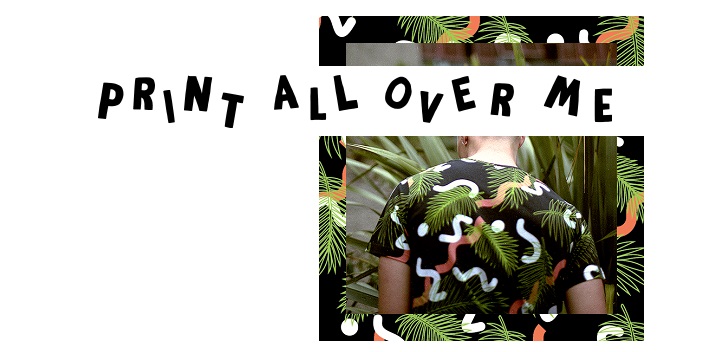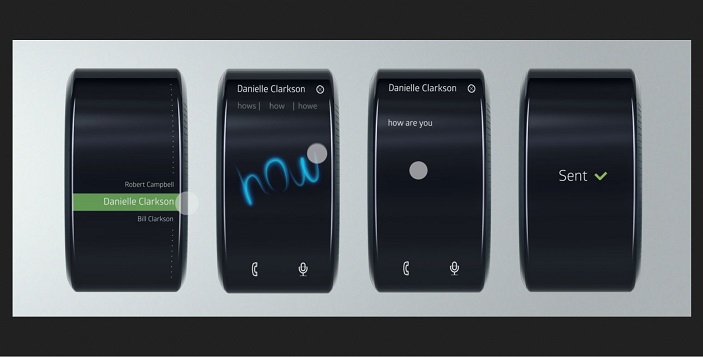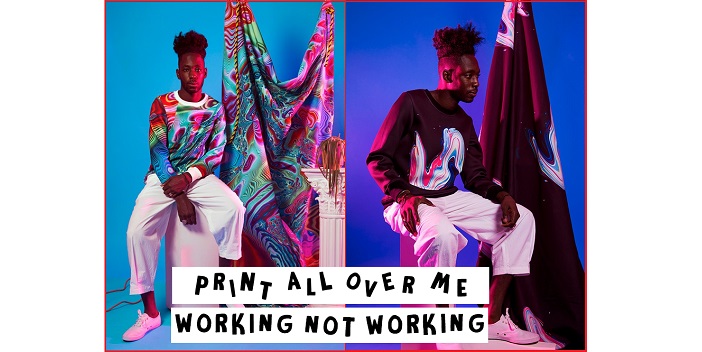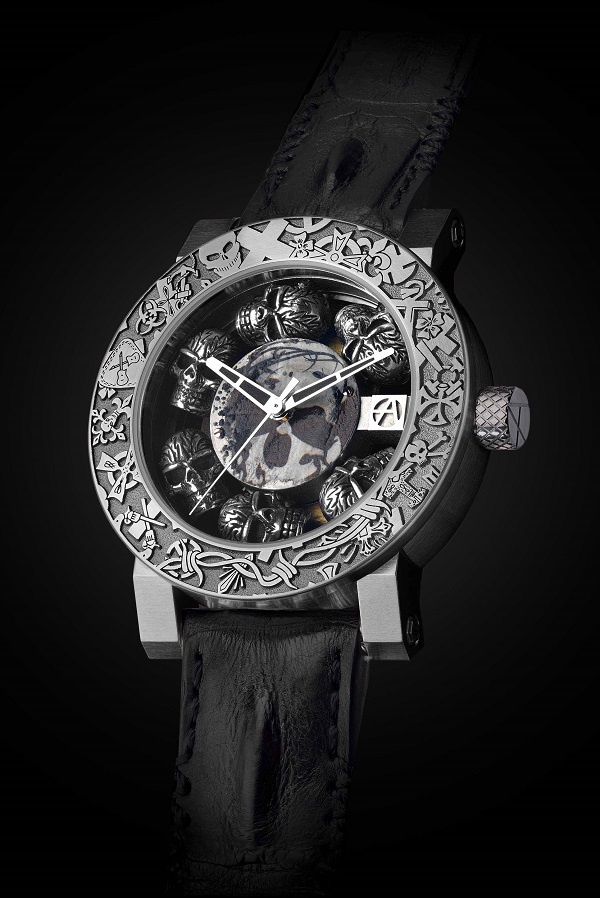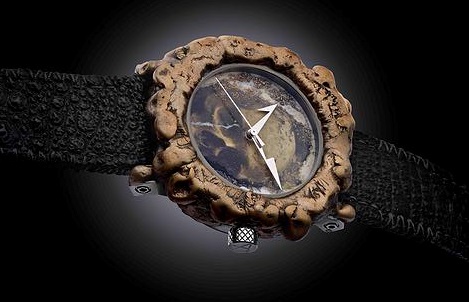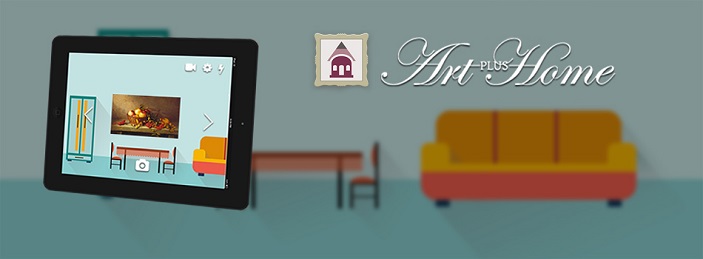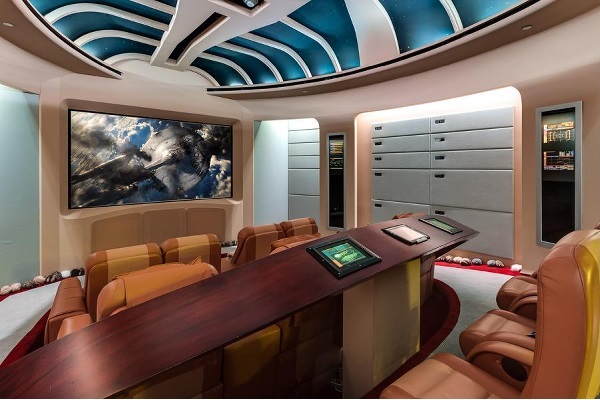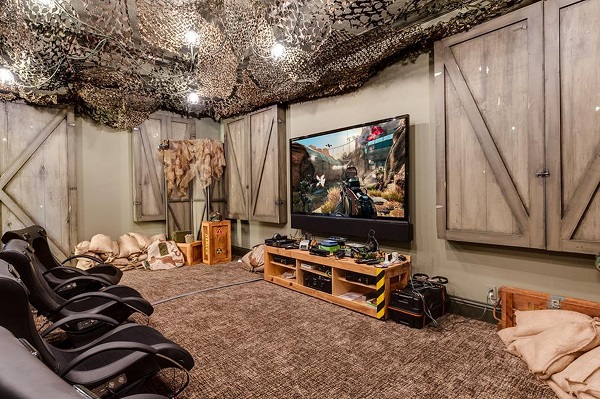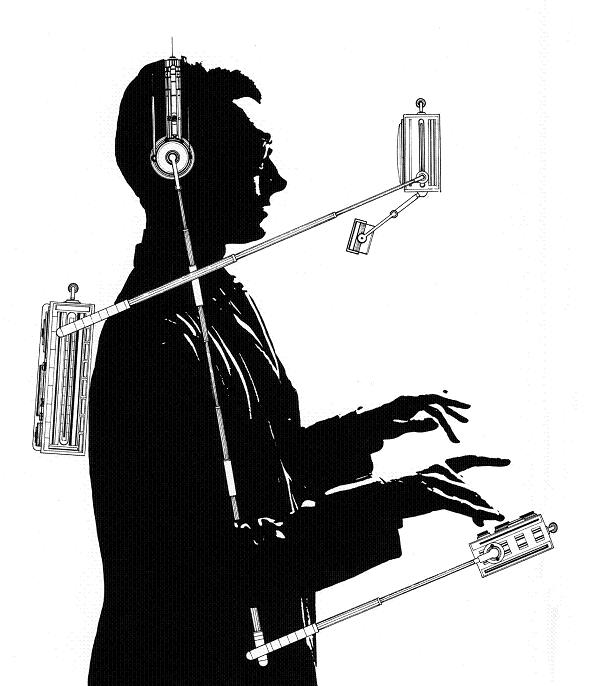For the high end market, there are often many different brands of similar products and services vying for attention. What are some effective ways luxury consumers can stay abreast of the newest, highest quality products and services?
This can actually be the done the good ol’ fashioned way and that’s simply to read a lot. Everything that you can possibly be looking for, think you might be looking for or not even know you’re looking for is on the Internet. Every day when I wake up, I spend a good 30 minutes and go through literally everything while I’m drinking my coffee—from international news to gossip to anything I can find that’s different from what I read before. People are out there doing everything they can to appease the people.
You are a member of a network called, “The Billionaires Club.” What are some of the luxury brands you and your inner circle are paying attention to and what draws these brands apart?
I would say these days quite a few people have moved away from just so called “big purchases.” Everything is now more about personal touches. For instance, many people own a Rolex, Audemars Piguet or Hublot. More often than not, some of these are one out of however many but how many people really have something that’s one of kind? Not too many. The other point is that the watch may suit you but it doesn’t reflect your own personality, likes and dislikes. So what’s actually becoming quite popular is engraving one’s watches. I’ve seen some crazy designs that really add some character to a person’s wrist such as koi fish, skull heads and zodiac signs.
So back to the main question and one particular brand that has stood out is Golden Concept. Again, it’s all about personal touches these days and being unique. Golden Concept specializes in luxury cases for your phone. They have gold, snakeskin and gator cases just to name a few. All done to the highest of quality and many are customizable. So if you’re looking to stand out, make sure to check them out.
Another brand which has seen quite a bit of press and accolades is JetSmarter, one of the more successful private aviation companies. For many entrepreneurs, meetings take place in different cities, different continents and in different time zones. JetSmarter offers these services in an easy-to-maneuver application that makes flying private relatively affordable and easy.

What are the top three luxury items or brands that have captivated your own attention right now?
Right now there are three top brands that are top-of-mind for me right now. These are Emperada Cigar Humidor by Imperiali Geneve; Astonomia Tourbillion by Jacob & Co; and Bentley EXP 10 Speed 6 Concept car.
Not everyone can afford luxury brands. What would you suggest for those who have the desire to appear high end but not necessarily the means?
There’s actually been a lot of hype surrounding brands that cater specifically to people who enjoy the “finer things” but are limited by what’s in their wallet. Many bloggers, for instance, are always writing about the newest gadget, accessory or clothing. I would recommend finding a few that fit your style and follow them on Instagram to see what it is that they’re rocking on a day to day basis. Many people have to understand that your average blogger is there to inform the public on some of the newest fashion do’s and don’ts, and these are all done with new brands or affordable pre-existing brands.
Second, which I have seen quite a bit, is on Kickstarter or similar sites that are always offering “perks” for those who invest early in their brands. Without naming names, a few brands offered a discounted handmade Italian leather, skeleton movement watches for a fraction of the cost to the first “so many” number of investors.
Just keep in mind for everything high-end there is always a cheaper counterpart. Don’t worry just about name brand or high end. All that matters is that it looks good and makes you feel great.

For those who focus on products that are affordable luxury, who are some of the brands doing the best and what are the keys to success?
One of the biggest and most successful brands that I have seen that caters more towards the everyday luxury is Tory Burch. Although TB is for women, I have on many occasions bought it for family, friends and clients so I can safely say I have quite a bit of exposure to this brand and can thus speak with some confidence. Obviously, price point for TB is well within the means of many. Besides that, what is it that has led TB to such success? I would say three main factors: relate-ability, professionalism and seamlessness. Relate-ability in that walking through the concrete jungle that is New York, TB products have always caught my eye in their simplicity but also how stylish it is, whether on a working woman running into Starbucks or that beautiful lady going to brunch. Second, professionalism – although many brands always stress the attentiveness of the staff, it pales in comparison to TB. People have to understand that often times upper tier luxury items are for a certain group and employees are naturally prejudiced to people who they perceive not to be at that level. There have been times where I would walk into a Rolex store unattended for 15 minutes and the instant my AP peaks out from under my shirt, someone is there to help. This just doesn’t happen at TB and for that I am quite appreciative. Seamlessness in TB’s product, in that it offers just the right amount “je ne sais quoi.” Most of their products can be matched with a variety of other brands. This has all led to the tremendous success that TB has experienced over these past few years.
What are the top three factors that truly set an ultra-premium wine, champagne or spirit brand apart from less costly luxury beverage counterparts, wine and otherwise?
Marketing wine for the luxury market is a really tough job to do. Quite frankly it’s because you’re trying to appease a group of people who have seen it all. People always say when you do something for long enough, whether you want to or not you will become a bit of a connoisseur. That’s especially true for those in the wine industry. Most are well educated, well informed and have a true passion towards exploring the finer points of what’s in a wine bottle. If we were to say that all wines in the luxury market were of the same caliber, there would still be so many factors in play, the first being accessibility and quantity. Many luxury wines are such because there is a limited supply. You can’t expect a brand to sell at the same price point when there are only 10,000 bottles as compared to 100,000 bottles. However, although there are still 10,000 bottles that were produced, that doesn’t mean your everyday Joe would be able to get his hands on them even if he’s willing to dish out the necessary cash. Thus, there’s another added premium to an already sky high price.
Another example is time and care. For those who are only there to turn a quick profit, the longer time they spend on making a wine, the more money that needs to be invested. That in itself increases cost and decreases profit. This is why sometimes you have wineries that will actually keep the wine in their cellars for years after bottling to ensure that the wine has at least matured to a passable level. By care, I mean winemakers are very passionate about their craft and thus hate having their name associated with sub-par wine. Thus, you have some years where there is little to no wine produced by a certain grower because only a small amount of the grapes harvested passed the standard or none at all.
Never one to rest on his laurels and even amid a diversity of endeavors, Shu continues to raise the bar for himself professionally and personally. Whether it be as an active investor looking for the latest innovation in the luxury and tech space or, despite his jam-packed schedule, his current pursuit of an Ivy League Master’s degree at Columbia University. Clearly this good life connoisseur turned luxe market mogul will continue making an impact on the numerous high-end industries for many years to come. For the Silo, Merilee Kern. Merilee is an influential media voice and lauded communications strategist.





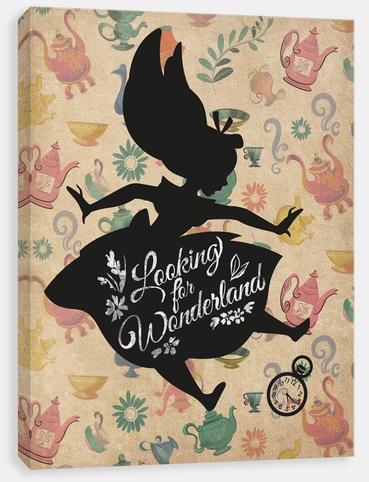

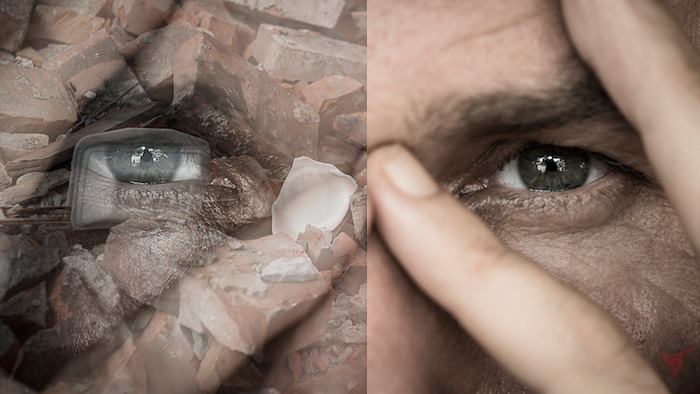
 If you could choose just one photo exhibit to see all year, it would have to be
If you could choose just one photo exhibit to see all year, it would have to be 


 Over 15,000 photos later, Hurban Vortex sees the light of day. The ensemble of artistic, esthetic and human adventure are at the core of the triptych that represents his works: Origins corresponds to 2009 (present), the period of an oblivious, profligate, consumerism-driven world. Collapse takes us into 2011 (future)…Fukushima, with its worldwide impact. The glasses and gas masks worn by the humans represent the man-made destruction of a world as we had known it before and which will never be the same. And in Post we find ourselves in an urban landscape filled with waste and shattered ruins. But people are no longer wearing their blinders… Maybe there is hope after all that cities may disappear but humans are still around? Or does the urban jungle always win in the end? You decide, because it is your personal interpretation, after an intense dialogue with the image… exactly what Boris Wilensky wants.
Over 15,000 photos later, Hurban Vortex sees the light of day. The ensemble of artistic, esthetic and human adventure are at the core of the triptych that represents his works: Origins corresponds to 2009 (present), the period of an oblivious, profligate, consumerism-driven world. Collapse takes us into 2011 (future)…Fukushima, with its worldwide impact. The glasses and gas masks worn by the humans represent the man-made destruction of a world as we had known it before and which will never be the same. And in Post we find ourselves in an urban landscape filled with waste and shattered ruins. But people are no longer wearing their blinders… Maybe there is hope after all that cities may disappear but humans are still around? Or does the urban jungle always win in the end? You decide, because it is your personal interpretation, after an intense dialogue with the image… exactly what Boris Wilensky wants.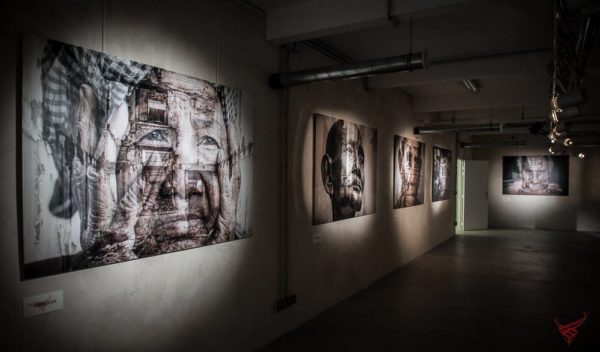 What the viewer sees, is how this artist sees the world – not in the literal but figurative sense. But he does not dictate, he suggests. He considers himself a storytelling portraitist first and foremost, and an urban photographer second. As you look at his large-size pictures (180 x 120 cm), the image in front of you transforms from a flat canvas to a three-dimensional scenography. You are drawn in, pulled onto a stage, you become part of the performance, an actor engaged in a dialogue. You are the person across from the man in the photo, but you also become him, turning outward to the viewer.
What the viewer sees, is how this artist sees the world – not in the literal but figurative sense. But he does not dictate, he suggests. He considers himself a storytelling portraitist first and foremost, and an urban photographer second. As you look at his large-size pictures (180 x 120 cm), the image in front of you transforms from a flat canvas to a three-dimensional scenography. You are drawn in, pulled onto a stage, you become part of the performance, an actor engaged in a dialogue. You are the person across from the man in the photo, but you also become him, turning outward to the viewer. The continuous movement – the vortex – pushes and pulls you as the borders between Human and Urban blur and become Hurban. There are violently cold and anonymous city landscapes, consisting of monochromatic and starkly geometric patterns, entirely unlike anything you find in nature. But the human element, superimposed, invariably bestows them with a strangely appealing aesthetic. For the Silo,
The continuous movement – the vortex – pushes and pulls you as the borders between Human and Urban blur and become Hurban. There are violently cold and anonymous city landscapes, consisting of monochromatic and starkly geometric patterns, entirely unlike anything you find in nature. But the human element, superimposed, invariably bestows them with a strangely appealing aesthetic. For the Silo, 
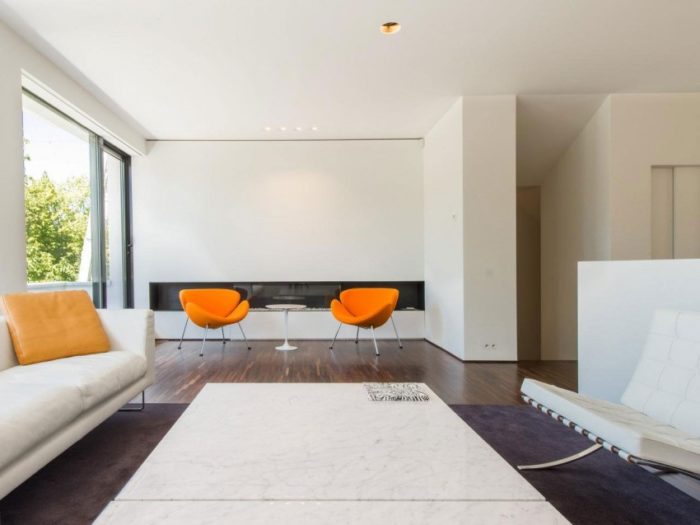
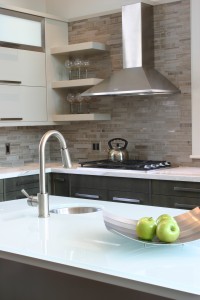
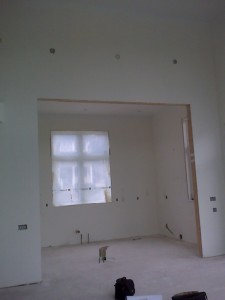
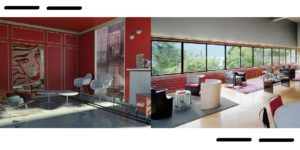






 Designed utilizing the tools available on
Designed utilizing the tools available on 
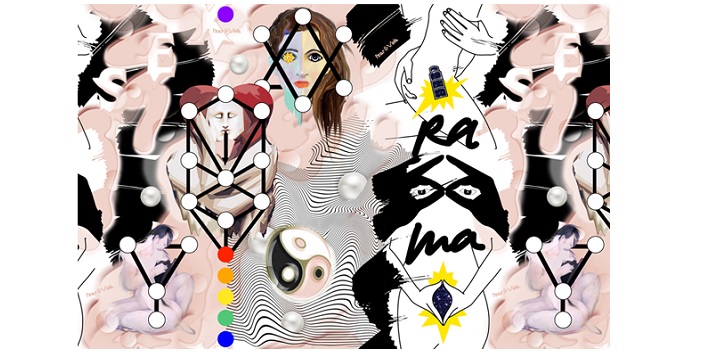
















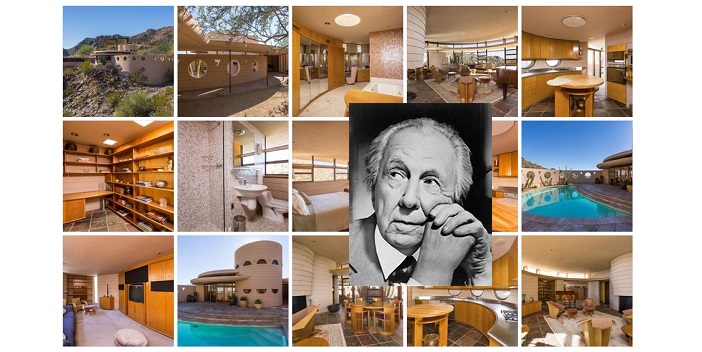
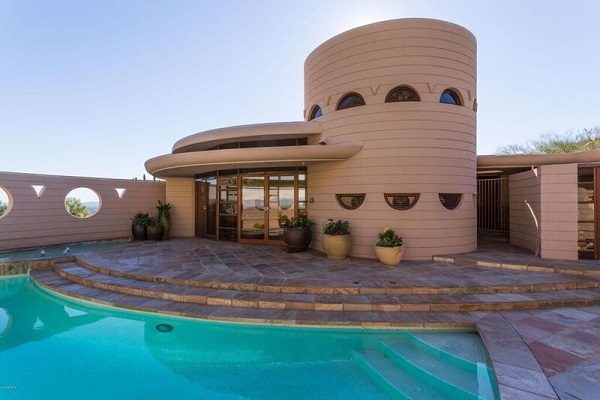 With a site on top of Palm Canyon with views of the valley, Wright began the Lykes design by replicating the curves of the mountainsides, making the home an integral part of its environment and providing big views for its owners and visitors. Though Wright passed away before finishing the working plans, the Lykes hired his apprentice, Rattenbury, to complete the plans according to the details set forth by Wright. The couple loved the completed plans, though it was another seven years before they started construction. When they did, Rattenbury oversaw the build and the home was completed in 1967. In addition to the structure itself, Wright also designed the furniture and built-ins for the home.
With a site on top of Palm Canyon with views of the valley, Wright began the Lykes design by replicating the curves of the mountainsides, making the home an integral part of its environment and providing big views for its owners and visitors. Though Wright passed away before finishing the working plans, the Lykes hired his apprentice, Rattenbury, to complete the plans according to the details set forth by Wright. The couple loved the completed plans, though it was another seven years before they started construction. When they did, Rattenbury oversaw the build and the home was completed in 1967. In addition to the structure itself, Wright also designed the furniture and built-ins for the home.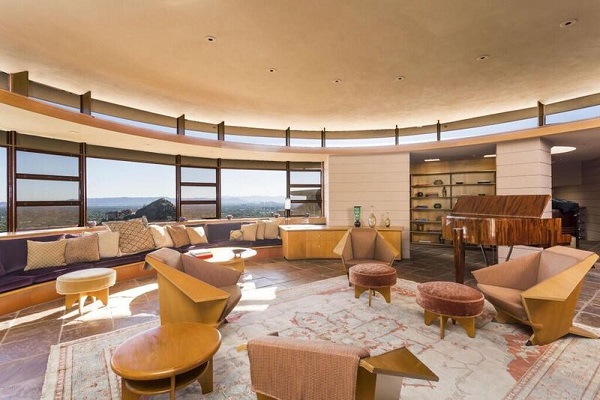 Now for sale and registered with the Frank Lloyd Wright Building Conservancy, the 2,849-square-foot home on one acre of desert plateau has three bedrooms, three bathrooms, the signature large living room fireplace intended to bring families and friends together, a lower-level media room, two home offices with built-ins of desk, cabinet storage and walls of shelving, a distinctive curved kitchen with Wright-designed island and unique under-cabinet windows and timeless stainless-steel counters, contemporary tiled large baths, and a privacy walled crescent pool patio viewed from inside through glass walls. There is also a separate large office in the round with all built-in furnishings encircled by half-moon windows. Views of valley and mountains can be seen from almost every room.
Now for sale and registered with the Frank Lloyd Wright Building Conservancy, the 2,849-square-foot home on one acre of desert plateau has three bedrooms, three bathrooms, the signature large living room fireplace intended to bring families and friends together, a lower-level media room, two home offices with built-ins of desk, cabinet storage and walls of shelving, a distinctive curved kitchen with Wright-designed island and unique under-cabinet windows and timeless stainless-steel counters, contemporary tiled large baths, and a privacy walled crescent pool patio viewed from inside through glass walls. There is also a separate large office in the round with all built-in furnishings encircled by half-moon windows. Views of valley and mountains can be seen from almost every room. 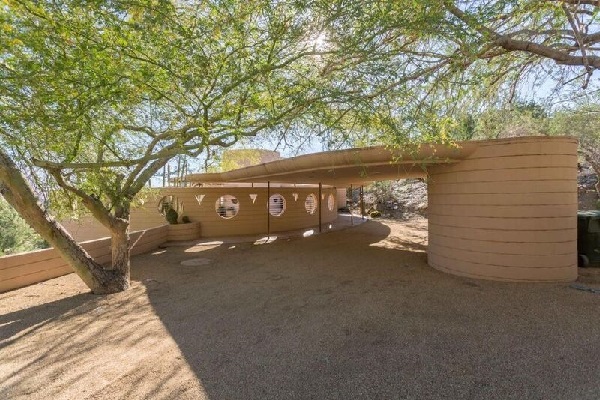 Classic last Wright design before his death, contemporary for today including lots of storage space with furniture and built-ins designed by the famous architect, the Lykes House is now for sale and priced at USD$3.6 million. For the Silo, Terry Walsh.
Classic last Wright design before his death, contemporary for today including lots of storage space with furniture and built-ins designed by the famous architect, the Lykes House is now for sale and priced at USD$3.6 million. For the Silo, Terry Walsh. 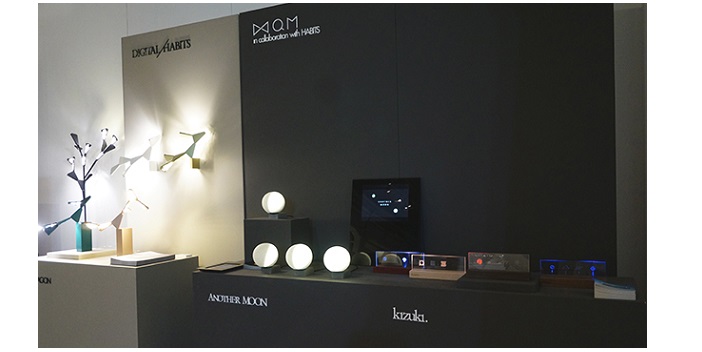
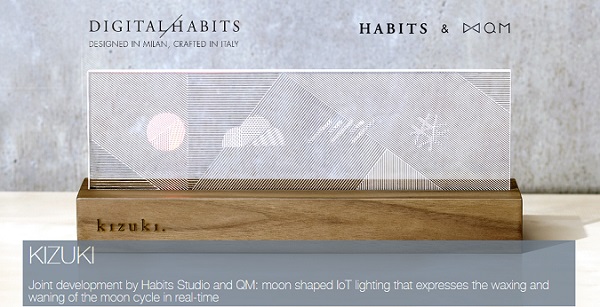
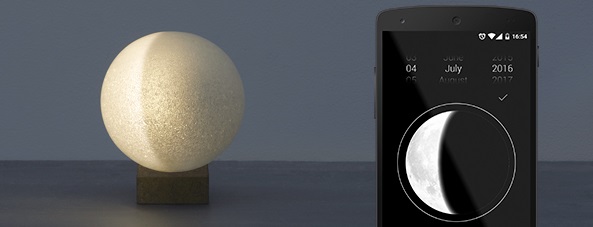




 Don’t be fooled- this might seem like a commercial but it’s a trailer
Don’t be fooled- this might seem like a commercial but it’s a trailer 




